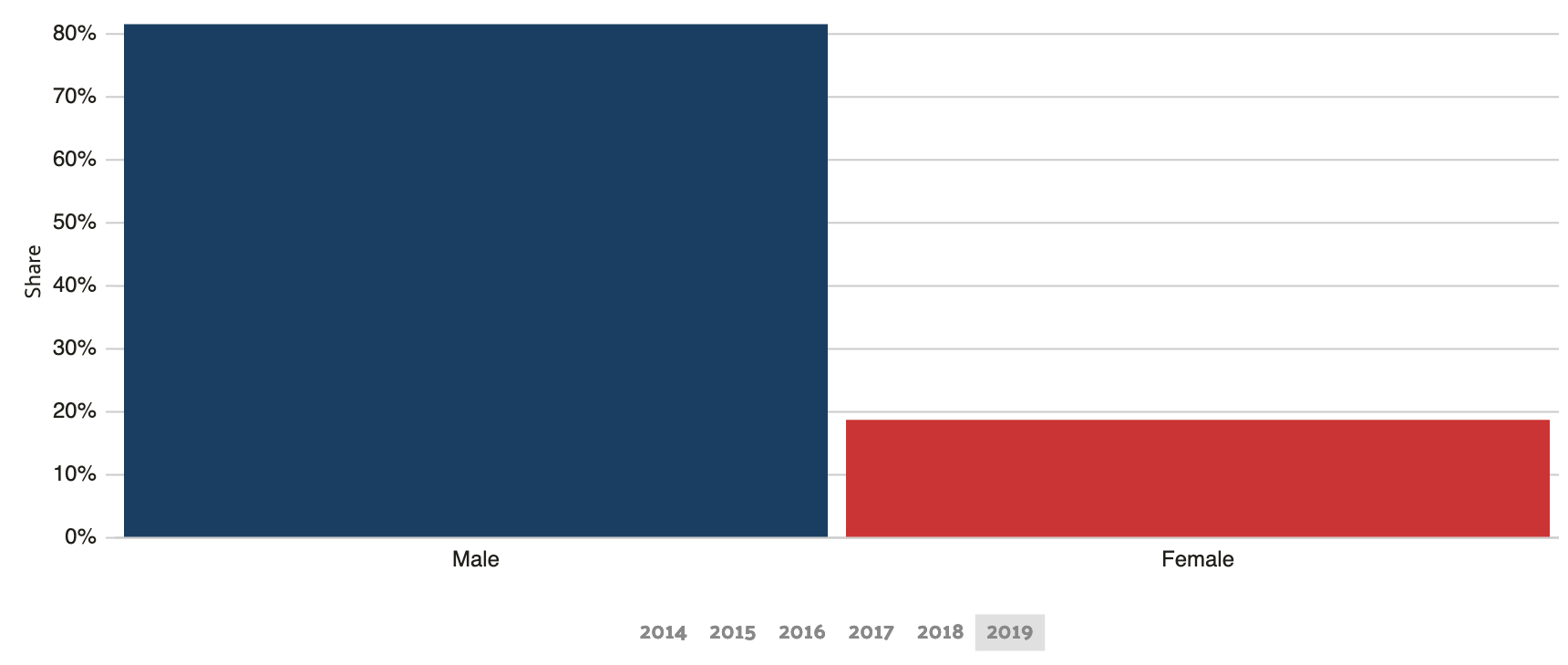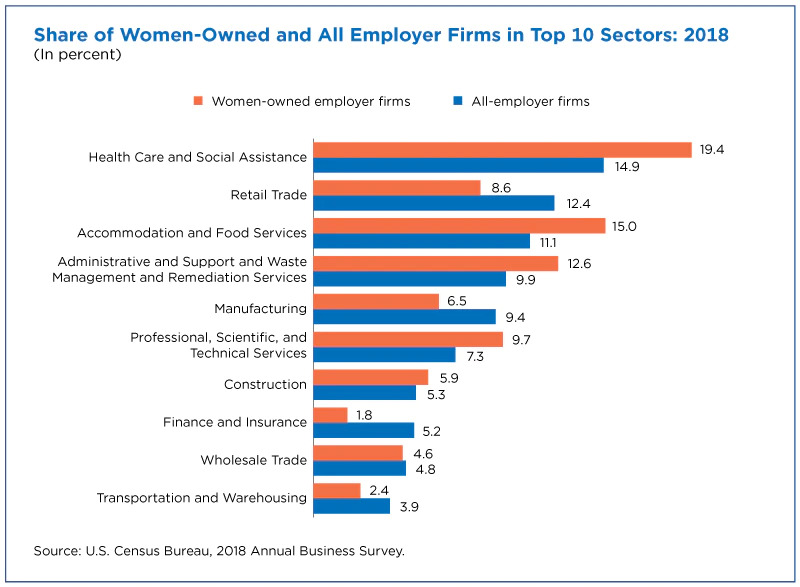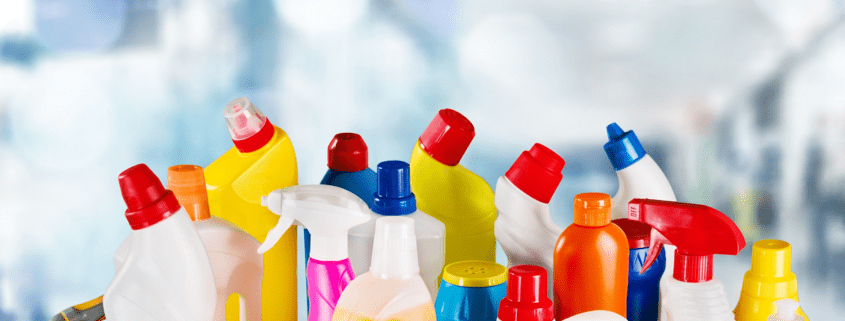History of Women Cosmetic Scientists and Chemical Industry
For both men and women, cosmetics are part of our everyday lives. While cosmetics are synonymous with makeup, there are several products that fall under this category that people of all genders use—lotions, colognes and perfumes, makeup, and hair dye are only a few examples of the cosmetic products you’re undoubtedly familiar with. But have you ever stopped to think about what goes into making these products? Cosmetic scientists are responsible for the creation of our favorite cosmetic products through careful chemical formulation and design processes. The chemical industry and cosmetic industry are two intertwined and ever-evolving industries that female scientists have continuously helped shape throughout history.
In this blog post, we’ll take a closer look at what cosmetic science is, and women’s influence on the chemical industry and cosmetic science.
Cosmetic Science & Formulation Design Explained
The term “cosmetics” encompasses a wide range of products, and refers to any item that is applied to the body in some way to alter it, whether in appearance, texture, scent, etc.
Still not entirely sure which of your products are classified as “cosmetics?”
Go into your bathroom, open your medicine cabinet (or look on the shelves), and locate any toiletry product. Chances are, it’s a cosmetic.
Here are some examples of common cosmetic products you probably have:
- Deodorant
- Toothpaste
- Mascara, eyeshadow, and other makeup
- Body creams
- Face lotions
- Hair gel
- Nail polish
- Shampoo and conditioner
- Hair spray
While you may not think twice about what went into making some of your most essential hygienic and beauty products, you may be surprised to find that their origins can be traced back to a lab. Before distributors get their hands on your preferred brand of toothpaste, deodorant, or other cosmetics, the product had to be created with the help of science.
Chemists and chemical engineers are responsible for experimenting and creating specific formulas that are required to manufacture each cosmetic product. While formulas will vary from product to product, each formula will contain unique amounts and types of raw chemicals, known as ingredients, to create the product.
In cosmetic science, these ingredients can be categorized into three general groups:
- Functional Ingredients
In cosmetics, a functional ingredient is an ingredient that actually provides the desired benefit to the user of the product.
In perfumes, fragrances are the functional ingredients since they are chemical ingredients responsible for the scent of the perfume when it’s sprayed. In face cleansers and other soaps, chemicals known as surfactants are considered the functional ingredients, since they are emulsifiers and foaming agents that make cleansing possible.
Here are some of the subcategories that raw chemicals used in cosmetics can fall under:
-
-
-
- Colorants -> give pigment to eyeshadow, lipstick, etc.
- Conditioning agents -> hair straightening and softening products like conditioner and hair oil.
- Moisturizing agents -> Found in face and body lotions to help moisturize the skin.
- Cleansers -> consist of surfactants and emulsifiers, these ingredients are responsible for creating the foaming effect of cosmetic products and properly cleansing the skin.
-
-
- Claims Ingredients
Claims ingredients are the ingredients in cosmetics that are added in small amounts for marketing purposes. They generally have little to no effect on the functionality or appearance of the cosmetic, yet are marketed as a key ingredient in the cosmetic product to encourage consumers to buy the product.
For example, buzzwords and phrases that you see in large lettering on the front of cosmetic product packaging such as “all-natural extracts,” “vitamins and proteins,” “made with essential oils,” and more fall under this category. In the chemical industry, these ingredients are referred to as fairy dust—and not because they’re actually made with magic.
- Aesthetic Ingredients
Aesthetic ingredients are the ingredients that affect the look, feel, and overall appearance of a cosmetic product. Think about it, are you more likely to buy a lotion that is a nice, clean white or crème colored, or one that’s a swamp-colored green?
While aesthetic ingredients aren’t as important as functional ingredients, they still remain more important than claimed ingredients and fall somewhere in the middle of these two ingredients in regard to importance. Here are some of the most popular aesthetic ingredients found in various types of cosmetics:
-
-
-
- Thickeners
- Anti-irritants
- Solvents
- pH adjusters
-
-
Women’s Influence in the Chemical Industry: History of Women Cosmetic Scientists
Before there were state-of-the-art laboratories for cosmetic scientists to work in, some of the first cosmetics ever created were made in homes, spare rooms, and even the great outdoors. The science of cosmetics can be traced back to the ancient world, extending to Egypt and beyond.
Back then, creams, lotions, and makeup products were passed down from generation to generation and mainly consisted of naturally occurring ingredients such as animal fats, materials from nearby mines and quarries, and other natural resources.
While the formulation and manufacturing of cosmetic products look different today than they did thousands of years ago, we could not have created the cosmetics of today without centuries of trial and error, and certain key historical figures—mainly women.
While both men and women use cosmetics on a daily basis, women use about 12 different cosmetics consisting of about 168 different chemicals each day, compared to men who use significantly fewer cosmetics and roughly 85 chemicals each day. Unfortunately, many of these products consist of harmful ingredients that with prolonged use, have been connected to:
-
-
- Various types of cancer
- Skin irritation
- Infertility
-
So, it only makes sense that cosmetic science is one of the few facets of the chemical industry consisting of more women than in other chemical-related fields. As of 2022, nearly half of the cometic scientists are female. While the statistics didn’t always use to be this way, women’s influence in the chemical industry over the years is undeniable, especially when it comes to cosmetic formulation and design.
Historical Women Cosmetic Scientists
In order to better understand women’s influence in the chemical industry, let’s take a closer at some historical female figures that have had a tremendous impact on the industry, and who have not only paved the way for more women to be hired for STEM-related jobs, but also are responsible for the creation of some of your favorite products.
Tapputi Belatekallim
-
-
-
- Tapputi Belatekallim was one of the first chemists ever recorded in history. She lived in Mesopotamia in the year 1200 B.C. and worked as a royal perfume and salve maker for the king of Babylonia. Evidence suggests that she didn’t just mix scents, but experimented with hundreds of raw materials using advanced chemistry practices to create these cosmetics.
-
-
Trotula de Ruggiero
-
-
-
- Living in Italy in the 12th century, there weren’t very many positions for women in STEM (if any at all), but Trotula de Ruggiero was well ahead of her time and studied gynecology, dermatology, and cosmetic science specifically for creating products for women.
-
-
Florence E. Wall
-
-
-
- Florence E. Wall is one of the most famous women chemists ever. Born in 1893, she started studying cosmetic science from a young age. Not only did she go on to help found an entire institute dedicated to studying the science behind hair dyeing, but she also went on to teach cosmetic science classes at NYU, and found her own program dedicated to the science of cosmetology. Wall has left behind a legacy that continues to impact the field of cosmetic science and chemistry.
-
-
Estee Lauder
-
-
-
- Estee Lauder is a name synonymous with cosmetics. Still, Estee herself didn’t only help found the mega company back in 1948 with her husband, but worked in the lab, experimenting with chemicals to create groundbreaking skincare and beauty products.
-
-
For years, the Estee Lauder brand has been dedicated to the innovation of cosmetic products and is even responsible for creating the first hypoallergenic skincare line ever. As the brand continues to push the limits in the chemical and cosmetic industry, it’s important to remember that none of this would’ve been possible without one woman and her experiments with chemicals nearly 75 years ago.
While this is in no way a comprehensive list of all the historically influential female figures in the chemical industry, it does go to show how women were breaking boundaries and influencing the creation of cosmetics even during times it wasn’t considered socially acceptable for them to do so.
Modern-Day Women Cosmetic Scientists
Women like Florence E. Wall and Estee Lauder are only a couple of the historical figures that have changed global cosmetic science and proven how powerful women’s influence in the chemistry industry can be. Thanks to them, the amount of women in this industry is every-increasing.
One of the best examples of women’s influence in the chemical industry is the Society of Cosmetic Chemists. For more than 75 years, the SCC has dedicated itself to advancing the development of new cosmetic ideas and technology, as well as promoting diversity and inclusion in this booming industry.
The SCC is an organization headed by women, with 11 of the 18 board member positions filled by females, including the title of president of the society, which Michelle Hines, Ph.D., currently holds. With chapters all across the globe and new members joining every year, SCC is proof that women are essential in the chemical industry and are responsible for the evolution of the industry from a scientific, and leadership perspective.
Check out these women cosmetic scientists who are shaping the industry at this very moment:
Shuting Hu
-
-
- Founder of the skincare brand, Acaderma, and recipient of an award from the International Federation of Societies of Cosmetic Chemists for her creation of hyperpigmentation skincare products.
-
Erica Douglas
-
-
- Cosmetic chemist and beauty industry entrepreneur and educator, Douglas creates innovative skincare and hair products for textured hair and melanated skin tones.
-
Lindsay Ray
-
-
- Lindsay Ray has dedicated her career to researching proteins found in silk, using her extensive knowledge in chemistry and biology to find ways to add this protein into skincare products for consumers to receive a plethora of benefits. Ray continues to create cosmetic products with innovative and sustainable materials.
-
These women are only three of thousands of women cosmetic scientists responsible for creating innovative and beloved cosmetic products distributed globally.
Job Responsibilities of Modern Day Cosmetic Scientists
Like any other scientific field, education and experience are essential for becoming a cosmetic scientist. Many, if not all, receive bachelor’s degrees in STEM and go on to obtain even higher levels of education including masters, PhDs, etc.
Modern-day cosmetic scientists are also required to have extensive knowledge and skills in various STEM-related subjects, such as:
-
-
- Mathematics and arithmetic
- Chemistry
- Biology
- Physics
-
In addition to having various scientific skills, cosmetic scientists are required to be creative in order to come up with original cosmetic formulas and designs for new products. Working in a lab also requires that these types of scientists have great people skills and work well in team settings.
Like with any job, no day is exactly the same, even if the job itself is repetitive. Working in a lab a cosmetic scientist is the same way. While the average day of a cosmetic chemist entails testing ingredients to create new products, the ingredients, products, and several other factors often differ from day-to-day, and continuously make the job more exciting.
Most cosmetic scientists’ job responsibilities consist of spending their days experimenting with different ingredients in the laboratory to create new formulas for cosmetic, or substituting ingredients in existing products with new ingredients. This could be because the manufacturer will no longer carry the ingredient, or because they’re looking for safer, or more effective ingredient options.
Here are some of the general tasks and skills these scientists also do on a daily basis:
- Handle various forms of laboratory equipment
- Run several tests to make sure that the cosmetic product achieves the desired benefits
- Communicate with their team
- Communicate with their superiors and present new formulas and ideas
The daily work of a cosmetic chemist is no joke. But once formulas have been “approved,” end up being mass produced, and becoming a full-fledged product on shelves in your local big box stores—the job can turn out to be very rewarding.
Importance of Diversity & Inclusion in the Chemical Industry
From scientists to suppliers, women in the chemical industry are making waves and showing every industry why women are not only essential to have on the team, but also leading them. There is an abundance of reasons why you should diversify your company and recruit women:
- Creates a more inclusive and welcoming environment
- Equal opportunities lift employee morale
- A fresh outlook on topics and issues
- Strong leadership qualities
- Attract younger workers with a forward-thinking and inclusive culture
- Help boost productivity levels
- Strong communication, negotiation, and analytical skills
- Stronger group effort and overall team spirit
Looking to add more women to your company’s teams?
There are several opportunities for your company to hire more female employees and leaders for every position. From filling marketing positions to engineering positions, try these three recruiting tactics:
- Look internally
Any good company knows that hiring internally and promoting existing employees to upper-level positions have several benefits. Not only do promoted employees already know the ins and outs of the company, you already know the employee’s reliability, work ethic, and skillsets.
- Recruit college students or recent graduates
Whether you’re looking to fill internships or entry-level positions, one of the best places to look for new recruits is on college campuses. With the increase in the number of young women pursuing degrees and careers in STEM, colleges are a great place to find new hires of various backgrounds and demographics.
- Make your company’s mission and beliefs clear
If your company believes in the inclusion of all people regardless of background, then why not say so? Including your company’s commitment to inclusion and diversity on your website is a sure way to let potential female hires and other prospective applicants of minority groups know that your workplace houses an inclusive atmosphere.
However, this technique should not be used as a marketing ploy to recruit minority groups if you don’t plan on following through on your commitment to make your workplace a place for all.
Want to Learn More about Women’s Influence in the Chemical Industry?
As one of the largest and fast-evolving industries in the world, the importance of inclusion and diversity in the world of chemicals is essential to the continued growth of the industry. At Ecolink, we’re not only dedicated to providing companies with innovative and eco-friendly chemical products but also strive to educate the public on the influence of women in the chemical industry.
Reach out to us or read similar blogs here to learn more about women’s influence in the chemical industry!













